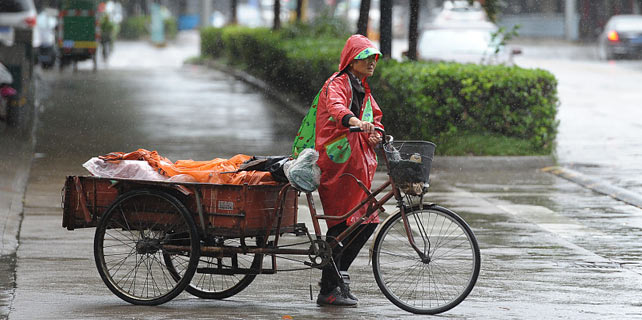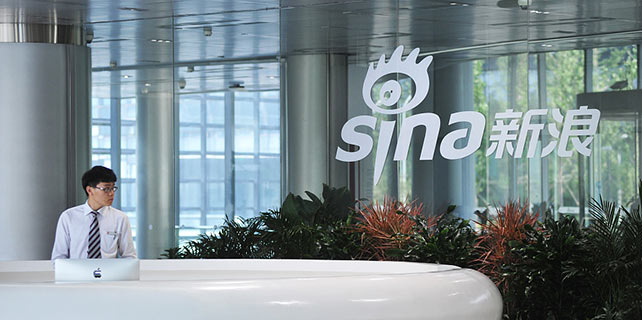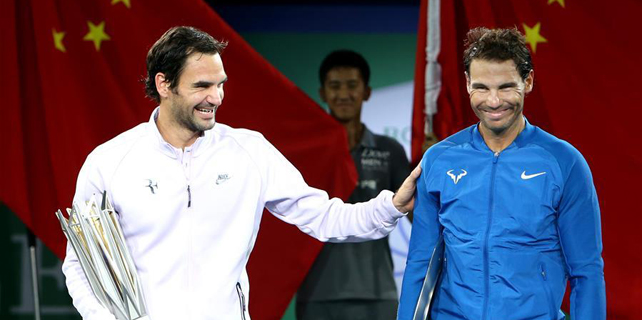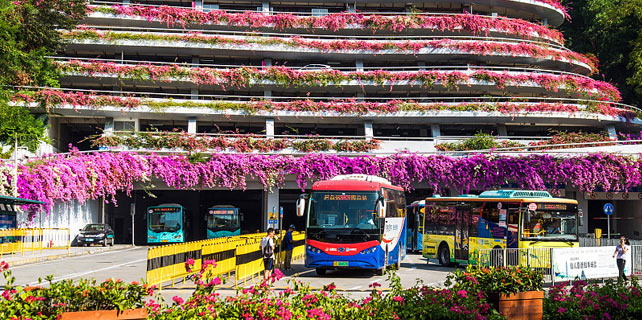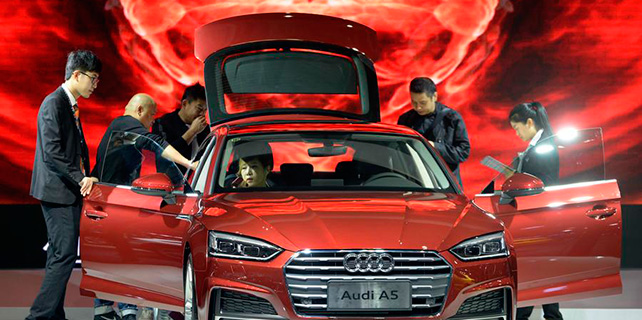China's GDP to grow 7% in 2nd half of 2017: Zhou
The world's second largest economy is likely to reach a growth rate of 7 percent in the second half of this year, China's central bank chief Zhou Xiaochuan said on Sunday in Washington.
China's growth has slowed down over the past few years, tumbling from above 10 percent to 6.7 percent in 2016. But since this year, the driving force for economic growth has recovered, thanks partly to the rapid growth in consumption, Zhou told an international banking seminar that coincided with the fall meetings of the International Monetary Fund and World Bank.
"The country's gross domestic product grew at 6.9 percent, for the next half, it is expected to reach 7 percent," said the governor of the People's Bank of China.
The contribution of service industry to economic growth has jumped to 55 percent now from about 40 percent 15 years ago, Zhou said.
Zhou also said China's efforts to cut overcapacity in the steel and cement sectors have yielded positive results, but the country needs a large output from these industries to meet the needs of urbanization.
"To promote structural reform and structural optimization, and protect the environment, China has offered to slash capacity in its steel and cement industries by 10 percent," Zhou said at the seminar.
The country is expected to attain this target, he said.
But China's accelerating urbanization requires a sizable output in those areas, he added.
"Excess in steel and cement industries has been a result of large-scale infrastructure construction and the quickening urbanization pace," Zhou told the seminar, which was also attended by US Federal Reserve Chair Janet Yellen.
At the moment, China's infrastructure has been greatly improved, but its urbanization is gathering steam. Various calculations have put the country's urbanization rates between 40 percent to 57 percent, according to Zhou.
This means large numbers of farmers have yet to move to settle in cities, and there is great demand for cement and steel, Zhou said.
Overcapacity, especially a steel glut, has been a concern of the US administration.In the first China-US Comprehensive Economic Dialogue in late July, both sides agreed that steel overcapacity is a global issue that requires a global solution.
As a part of its measures in this regard,China plans to reduce steel capacity by 100 million to 150 million metric tons from 2016 to 2020, according to Vice-Minister of Finance Zhu Guangyao.
Zhou also said that China started the deleveraging process in the beginning of the year. So far, the country's M2 money supply has increased by less than 9 percent. It was forecast to grow by around 12 percent in 2017, according to the Government Work Report delivered by Premier Li Keqiang in March.
"The overall leverage has begun to lower down," Zhou said. "Though not drastically, it has become the trend."








